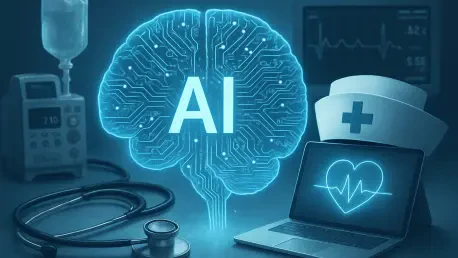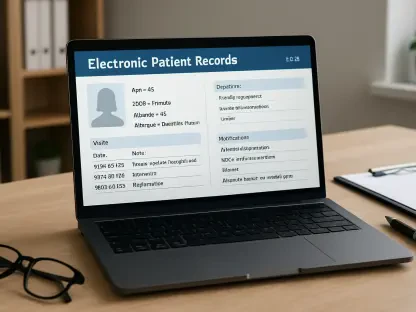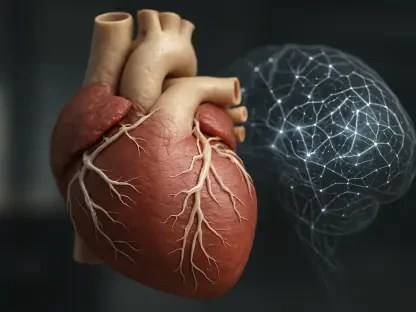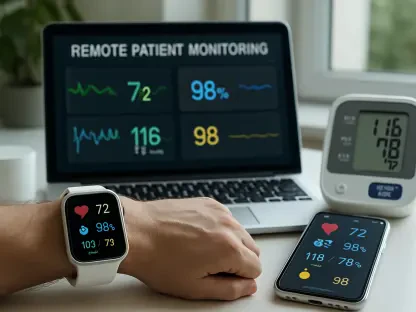Today, we’re thrilled to sit down with James Maitland, a renowned expert in robotics and IoT applications in medicine. With a deep passion for harnessing technology to revolutionize healthcare, James has been at the forefront of integrating cutting-edge solutions into clinical settings. In this interview, we explore how artificial intelligence is transforming nursing workflows, the unique challenges nurses face in documentation, and the innovative ways AI tools are being tailored to support bedside care. We also dive into the safety measures ensuring accuracy, the impact on daily workloads, and the future of ambient documentation in healthcare.
How did the idea to develop an AI assistant like Dragon Copilot specifically for nurses come about?
The inspiration came from recognizing that nurses have distinct needs compared to physicians when it comes to documentation and patient interaction. Nurses are often in and out of patient rooms, managing multiple tasks under tight time constraints. We saw an opportunity to alleviate the administrative burden they face by creating a tool that could capture and organize their interactions seamlessly. It was about giving them back time to focus on what they do best—caring for patients.
What unique challenges in nursing documentation were you aiming to tackle with this technology?
One of the biggest challenges is the fragmented nature of nurses’ workflows. Unlike physicians who often document in a narrative style, nurses frequently input data into specific fields or flowsheets. This can be incredibly time-consuming, especially when juggling multiple patients. We wanted to address the cognitive load of manually entering data and reduce the risk of errors by automating the process while still allowing nurses full control over the final record.
Can you walk us through how Dragon Copilot supports nurses during patient interactions?
Absolutely. The tool is designed to record interactions between nurses and patients in real-time, automatically organizing the information into flowsheet documentation. This means that as a nurse speaks with a patient or performs a task, the AI captures relevant details and formats them into the appropriate structure. It’s intuitive and minimizes the need for manual data entry after the fact, which is a huge time-saver.
How does the tool handle moments when a nurse needs to pause or ensure the recorded information is correct?
We built in flexibility for nurses to pause the recording at any time, especially if they need a moment to focus or step away. They can also preview the captured data to check for accuracy before it’s finalized. This review step is critical—it empowers nurses to edit or add details as needed, ensuring that what gets transferred to the electronic health record is precise and reflects the actual interaction.
What insights did you gain from health systems during the initial testing phase of this tool?
Working with health systems was invaluable. During the pilot phase, we received feedback from a small group of nurses who tested the tool in a real hospital setting. Their input highlighted how much the AI reduced documentation time and allowed them to be more present with patients. We learned about practical challenges, like ensuring the tool integrates smoothly with existing systems, and made adjustments to improve usability based on their experiences.
In what ways does this AI assistant lighten the daily workload for nurses?
It significantly cuts down the time spent on documentation. Nurses often spend hours charting after their shifts, which can lead to burnout. By automating much of that process, the tool lets them complete notes more quickly and accurately during their workday. This shift frees them up to spend more time at the bedside, building relationships with patients and addressing their needs directly.
What safeguards are in place to prevent errors when using AI for clinical documentation?
Safety and accuracy are paramount. Before any data is transferred to the electronic health record, nurses have the opportunity to review and edit the documentation. This acts as a crucial checkpoint to catch any discrepancies or add context that the AI might have missed. We’ve also designed the system to prioritize clarity in how it captures and presents information, reducing the likelihood of misinterpretation.
What sets Dragon Copilot apart from other AI documentation tools currently available?
What makes it unique is that it’s one of the first ambient documentation products specifically built for nursing workflows. Many existing tools focus on physician needs, but we’ve tailored this to handle the discrete, data-heavy nature of nursing documentation. Features like real-time flowsheet organization and the ability to pause and review are designed with bedside care in mind, addressing challenges that are specific to nurses.
Can you share how collaborations with health systems shaped the development of this tool?
Collaborating with health systems was a cornerstone of the development process. Their frontline insights helped us understand the real-world dynamics of nursing workflows. We worked closely with clinical teams to test and refine the tool, ensuring it aligns with their systems and meets their needs. One of the most valuable takeaways was learning how much nurses valued having control over the final documentation, which reinforced our focus on the review process.
What can you tell us about the plans for expanding access to this AI assistant in the coming months?
We’re excited to roll out the tool to a broader audience in the U.S. starting later this year. The goal is to make it accessible to more hospitals and health systems, allowing nurses across different settings to benefit from the technology. We’re also exploring ways to integrate additional features and third-party applications to enhance its functionality for various aspects of healthcare delivery.
What is your forecast for the future of AI in nursing and healthcare documentation?
I believe AI will become an indispensable part of healthcare, especially in nursing and documentation. Over the next few years, I expect to see even more personalized and adaptive tools that can anticipate nurses’ needs and integrate seamlessly into diverse clinical environments. The focus will be on enhancing patient outcomes by reducing administrative burdens and allowing clinicians to prioritize care, while also ensuring data security and accuracy remain top priorities.









